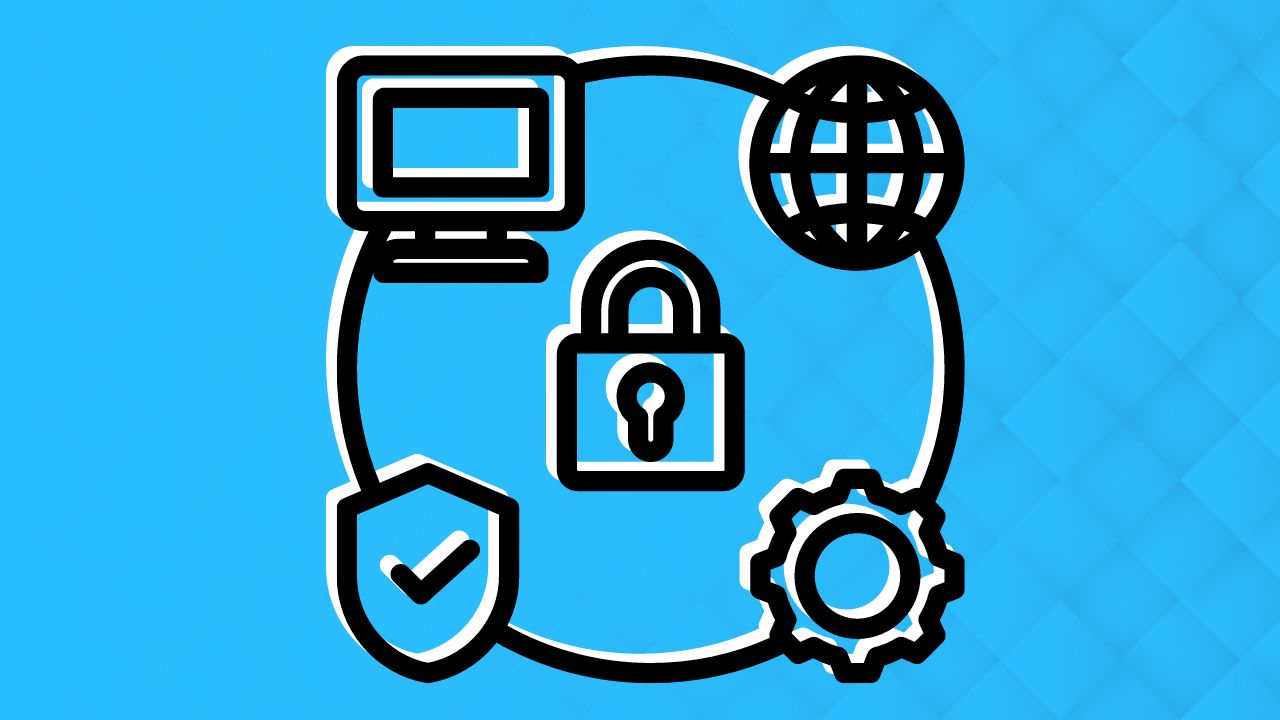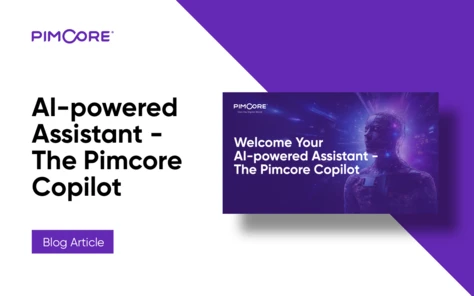What is Character AI and is it Safe to Use?
What is Software Defined Infrastructure? Definition, Types, Examples

In the ever-evolving IT landscape, staying ahead of the curve is crucial. One term that has been making waves in the IT world is Software-Defined Infrastructure (SDI). This new concept is transforming the way organizations manage and deploy their infrastructure resources, enabling them to be more agile, efficient, and cost-effective.
What is Software Defined Infrastructure?
Software-defined infrastructure is a software-based approach to managing IT infrastructure where computing, networking, and storage resources are pooled and managed as if they were software.
SDI shifts the control and management of infrastructure components from the hardware layer to the software layer. This means that infrastructure resources can be dynamically allocated, configured, and managed through software, without the need for manual intervention or physical hardware adjustments.
This level of abstraction and automation brings a host of benefits to companies that incorporate SDI, including increased efficiency, flexibility, and cost savings.
What makes up Software Defined Infrastructure?

To understand what makes up software defined infrastructure, let's break down some of its key components:
Software Defined Compute (SDC)
Software-defined computing focuses on virtualizing and abstracting the processing power of physical servers. With SDC, multiple virtual machines (VMs) can run on a single physical server, each with its own operating system and applications. This approach maximizes resource utilization and simplifies the process of scaling up or down as needed.
Software Defined Storage (SDS)
Software defined storage abstracts and virtualizes storage resources, allowing for centralized management and allocation. It detaches the software layer from the physical storage hardware, enabling dynamic storage provisioning, replication, and data migration. SDS simplifies data management, enhances data availability, and reduces storage costs.
Software-Defined Networking (SDN)
Software defined Networking revolutionises how networks are managed and configured. It separates the network control plane from the data plane, enabling centralised network management through software controllers. SDN provides agility and scalability by allowing administrators to adjust network policies and configurations programmatically.
Automation and Orchestration
Automation and orchestration play a pivotal role in SDI by automating repetitive tasks and orchestrating the provisioning and management of resources. This ensures that the infrastructure adapts to changing demands in real time, minimizing manual intervention and human errors.
These are just some of the key components of SDI, but there are many other technologies and strategies that can be used to build software-defined infrastructure. The specific components that are used will depend on the specific needs of the organization.
Types of Software Defined Infrastructure
There are various types of software defined infrastructure, each tailored to specific IT infrastructure components. Let's explore some of the most popular types:
1. Software-Defined Data Centers (SDDC): A software defined Data Center is an all-encompassing SDI solution that virtualizes and abstracts computing, storage, and networking resources within a data centre. SDDCs enable organisations to create a highly flexible and automated datacenter environment that adapts to changing workloads and demands.
2. Software-Defined Storage (SDS): As mentioned earlier, SDS focuses exclusively on storage resources. It abstracts storage hardware and provides centralized control and management over storage capacity, data replication, and backup processes.
3. Software defined networking (SDN): SDN is a specialized form of Software defined infrastructure that focuses on network resources. It separates the control plane from the data plane and allows for dynamic and programmable network configurations. SDN is particularly valuable for large-scale data centres and cloud environments.
4. Software defined WAN (SD-WAN): SD-WAN extends the principles of SDN to wide-area networks (WANs). It optimizes network traffic, enhances connectivity, and simplifies the management of geographically dispersed networks. SD-WAN is increasingly popular among businesses with remote offices and multi-cloud deployments.
5. Software-Defined Storage Area Networks (SD-SAN): SD-SAN virtualizes and abstracts storage area networks, making them more adaptable and cost-effective. It simplifies the allocation of storage resources and improves data availability and reliability.
Real-world examples of Software Defined Infrastructure
To illistrasture some of the real-world applications of software defined infrastructure, let's explore some compelling examples across different industries:
- Cloud Computing: Leading cloud providers like Amazon Web Services (AWS), Microsoft Azure, and Google Cloud Platform (GCP) leverage SDI principles extensively. They use SDI to manage and allocate computing, storage, and networking resources across their massive data centre infrastructures. This allows them to offer scalable, on-demand services to their customers
- Telecommunications: Telecommunication companies are adopting SDI to enhance the agility and efficiency of their networks. By implementing SDN and SD-WAN solutions, they can dynamically allocate bandwidth, prioritize traffic, and optimize network performance to meet the demands of emerging technologies like 5G.
- Finance Financial institutions rely on SDI to ensure the reliability and security of their critical applications and services. SDS helps manage vast amounts of transactional data efficiently, while SDN secures network communication and isolates sensitive information
- Healthcare: In the healthcare sector, SDI is instrumental in managing electronic health records (EHRs) and ensuring the availability of patient data. SDS provides scalable and resilient storage solutions, while SDN secures sensitive healthcare information by segmenting network traffic.
- Education: Educational institutions use SDI to provide flexible and scalable learning environments. With virtualized computing and storage resources, universities and schools can adapt to changing demands, support online learning, and manage administrative tasks efficiently.
Advantages of Software-Defined Infrastructure
The adoption of software defined Infrastructure offers numerous advantages for organizations of all sizes. Here are some of the key benefits:
Flexibility and Scalability
One of the main benefits of SDI is its flexibility and scalability. With SDI, organizations can allocate computing, storage, and networking resources on the fly, ensuring that their infrastructure always matches their current needs. Whether it's handling a sudden surge in web traffic or scaling down during periods of lower demand, SDI provides the agility required to stay competitive.
Cost-Efficiency
SDI can lead to significant cost savings by dynamically allocating resources based on demand, ensuring that capacity is used efficiently.
The decoupling of hardware and software in SDI also means that organizations can reduce their hardware investments. Virtualization allows multiple workloads to run on a single physical server, maximizing resource usage and reducing the number of physical machines required. This not only lowers capital expenses but also reduces energy and cooling costs in data centers.
Centralized Management
Managing a sprawling infrastructure can be a daunting task, often requiring a substantial IT team to oversee various hardware components. SDI simplifies this complexity by centralizing management through software interfaces. Administrators can configure, monitor, and troubleshoot resources from a single control point, reducing operational overhead.
This centralized approach enhances visibility and control over the entire infrastructure, making it easier to identify and address issues promptly. It also streamlines routine maintenance and updates, reducing downtime and minimizing disruptions to business operations.
Automation
Automation is a cornerstone of SDI. The automation of routine tasks and processes reduces the risk of human errors and frees up IT staff for more strategic activities. Organizations can automate resource provisioning, load balancing, and failover procedures, ensuring a highly responsive and reliable infrastructure.
Improved Resource Utilization
SDI maximizes resource utilization by dynamically allocating resources based on real-time demand. This ensures that resources are not over-provisioned, leading to cost savings.
Resource optimization is particularly valuable in virtualized environments, where multiple virtual machines (VMs) can share a single physical server. SDI intelligently allocates CPU, memory, and storage resources to VMs, ensuring that they have the resources they need without wasting capacity.
Challenges and Considerations
While Software-Defined Computing (SDC) offers numerous benefits, its adoption also comes with a set of challenges that organisations must consider. Understanding these challenges is crucial for organizations seeking to implement SDC successfully.
1. Complexity of Implementation
One of the primary challenges of adopting Software-Defined Computing is the complexity of implementation. Transitioning from traditional hardware-centric infrastructure to a software-defined environment can be a daunting task. It often requires a significant investment of time, resources, and expertise.
Organizations need to thoroughly plan their SDC deployment, considering factors such as hardware compatibility, software integration, and data migration. Additionally, staff may require training to become proficient in managing and maintaining the new software-defined infrastructure. Failure to address these complexities can lead to implementation delays and increased costs.
2. Security Concerns
Security is a paramount concern when implementing SDC. Centralized control and management, a core feature of SDC, can become a single point of failure if not adequately secured. Unauthorized access to the centralized management system can lead to severe data breaches and service disruptions.
Moreover, as SDC abstracts and virtualizes computing resources, the attack surface expands. Organizations must implement robust security measures, including access controls, encryption, and intrusion detection systems, to safeguard their software-defined infrastructure from cyber threats.
3. Integration Challenges
Integrating SDC into an existing IT environment can be a complex undertaking. Many organizations operate with a mix of legacy hardware and software systems. Ensuring seamless integration between these legacy components and the new software-defined infrastructure is critical to avoid disruptions.
Interoperability and compatibility issues can arise when attempting to integrate different vendors' SDC solutions or when adapting existing applications to the software-defined environment. Thorough testing and validation are necessary to ensure that all components work together harmoniously.
4. Skillset Requirements
The successful management of Software-Defined Computing environments demands a specific skillset. IT staff responsible for SDC must possess expertise in virtualization, software-defined networking, automation, and orchestration. Without a proficient team, organizations may struggle to harness the full potential of their software-defined infrastructure.
To address this challenge, organizations should invest in training and skill development programs for their IT personnel. Building a capable team with the requisite knowledge and experience is essential for maintaining and optimizing SDC solutions effectively.
5. Resource Allocation and Optimization
While SDC offers the promise of dynamic resource allocation, it also presents challenges related to resource optimization. In some cases, administrators may over-allocate resources to applications or workloads, leading to inefficiencies and increased costs.
Conversely, underutilized resources can result from improper resource allocation or a lack of visibility into resource usage patterns. Organizations must continuously monitor and analyze their software-defined environments to ensure that resources are allocated optimally, striking the right balance between performance and cost.
6. Vendor Lock-In
Vendor lock-in can be a concern when adopting specific SDC solutions. Organizations that heavily invest in a particular vendor's software-defined infrastructure may find it challenging to switch to alternative solutions or migrate to different platforms in the future.
To mitigate vendor lock-in, organizations should carefully evaluate vendor offerings, consider open standards and interoperability, and develop contingency plans for future migrations or technology changes.
Conclusion
From data centres to telecommunications and beyond, Software defined infrastructure is transforming industries and encouraging innovation. As technology continues to evolve, understanding SDI is crucial for businesses and IT professionals looking to stay competitive and agile.
Embracing SDI can pave the way for a more efficient, scalable, and responsive IT infrastructure, driving success in the digital age. So, whether you're a seasoned IT expert or just getting started, keep your finger on the pulse of Software-Defined Infrastructure – it's a key player in the future of technology.


























